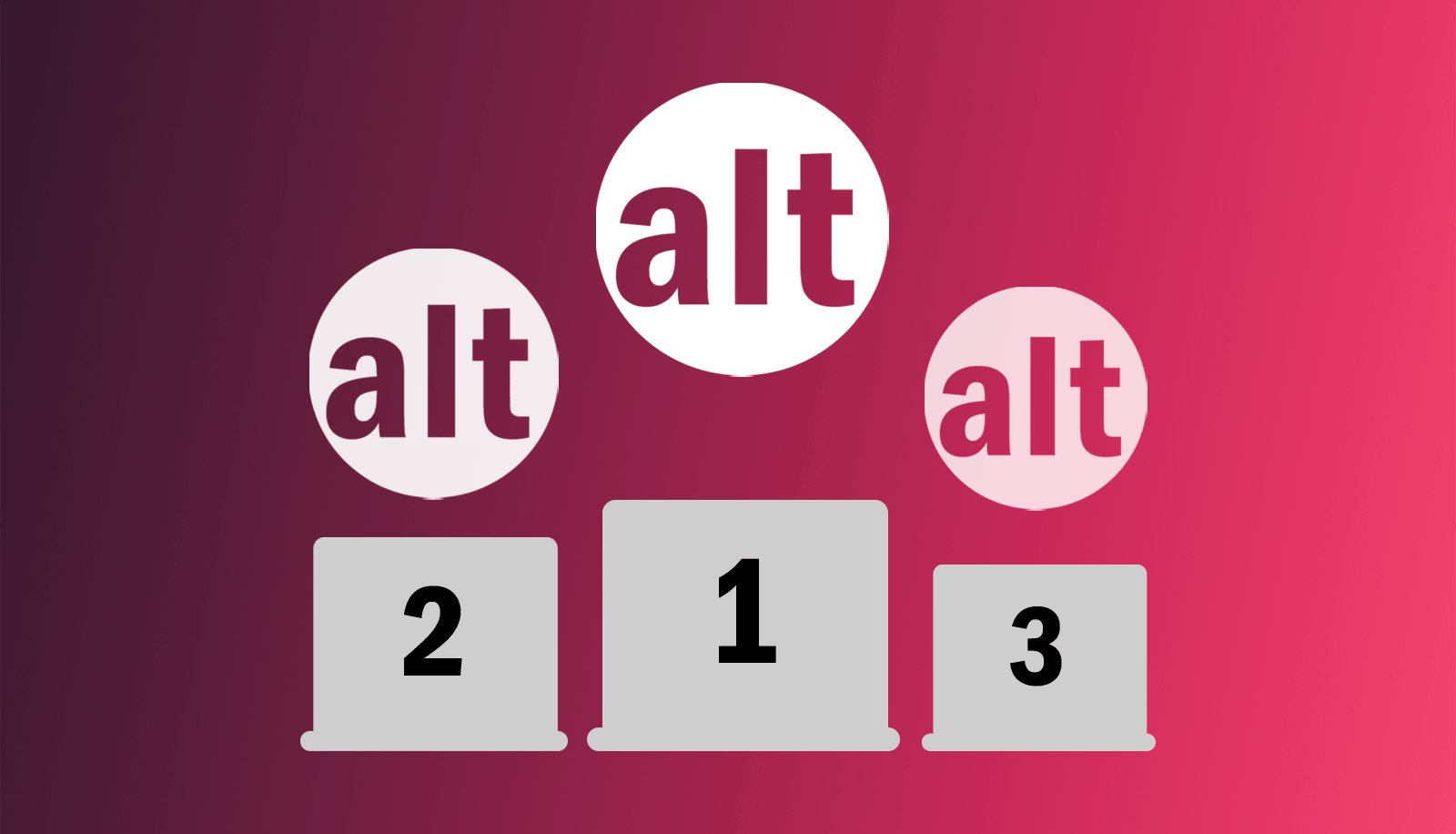The importance of the ALT attribute for website images

Is the ALT attribute important for images on a website? In the digital age where visual impressions play one of the key roles, it is important to know how to properly place images on a website. Proper use of illustrations on website pages is a crucial element of a successful online strategy.
Many novice webmasters and marketers face the problem of underestimating such a powerful tool as the ALT attribute for images. Today, we're going to look at why proper application of the attribute is a pretty important component of SEO strategy and how it can influence the ranking of our website directly in search engines like Google, Yandex, Yahoo, Bing, Baidu or DuckDuckGo.
Table of Contents
The value of the ALT attribute for SEO
The ALT (alternative text) attribute is a short text that describes the image. Alternative text is needed for those cases when the image has not loaded or is accessible to people with disabilities. However, ALT is important for search engines to understand the content of the image and its context on the page. However, you should not manipulate the description of images so that the image is just attractive and the description is about something else. Modern search engines detect such cases and perceive it negatively.
Advantages of using the ALT attribute
- Keyword Expansion: By using keywords in the ALT attribute, you can expand your SEO strategy and improve the relevancy of your content for specific queries.
- Increase SEO ranking: Search engines use the ALT attribute to understand the content of images on a page. Proper use of this attribute can improve your site's visibility in search results.
- Improved user experience: A correctly written ALT attribute helps users with disabilities understand the content of an image. This helps improve the accessibility of your site and provides a positive user experience.

Best practices for using the ALT attribute:
- Descriptiveness: Your ALT attribute should clearly describe the content of the image. Avoid cryptic or unclear descriptions.
- Length Limit: Try to keep the ALT attribute short but informative. The optimal length is between 5 and 15 words.
- Uniqueness: Each ALT attribute should be unique for each image on the page. This helps search engines to better understand the page content.
- Keywords: Include keywords related to the page content in the ALT attribute. However, be careful to avoid keyword overload.
Finding keywords for ALT attributes and their correct application
Finding the right keywords for ALT attributes can be key to the success of your SEO strategy. Start by analyzing the core content of the page and its target audience. Use keyword research tools like Google Keyword Planner or SEMrush to identify the most relevant queries related to your content. Also, pay attention to keywords that are frequently used in headings, subheadings, and the main text of the page.
Once you have defined your keywords, embed them in the ALT attributes of the corresponding images on the page. However, remember that keywords should be organically embedded in the image descriptions and reflect the content of the images. Avoid artificial keyword stuffing, as this can be considered as spam by search engines and negatively affect the ranking of your site. Choose keywords in such a way that they not only help improve the visibility of your content, but also provide a better user experience by making it more informative and understandable.
Summary
The ALT attribute on images is not just an optional feature, it is a key element in SEO strategy. Knowing how to properly apply the ALT attribute will help improve site accessibility, help increase search engine rankings and improve user experience.
Use the ALT attribute as part of your SEO strategy and see your online presence grow.